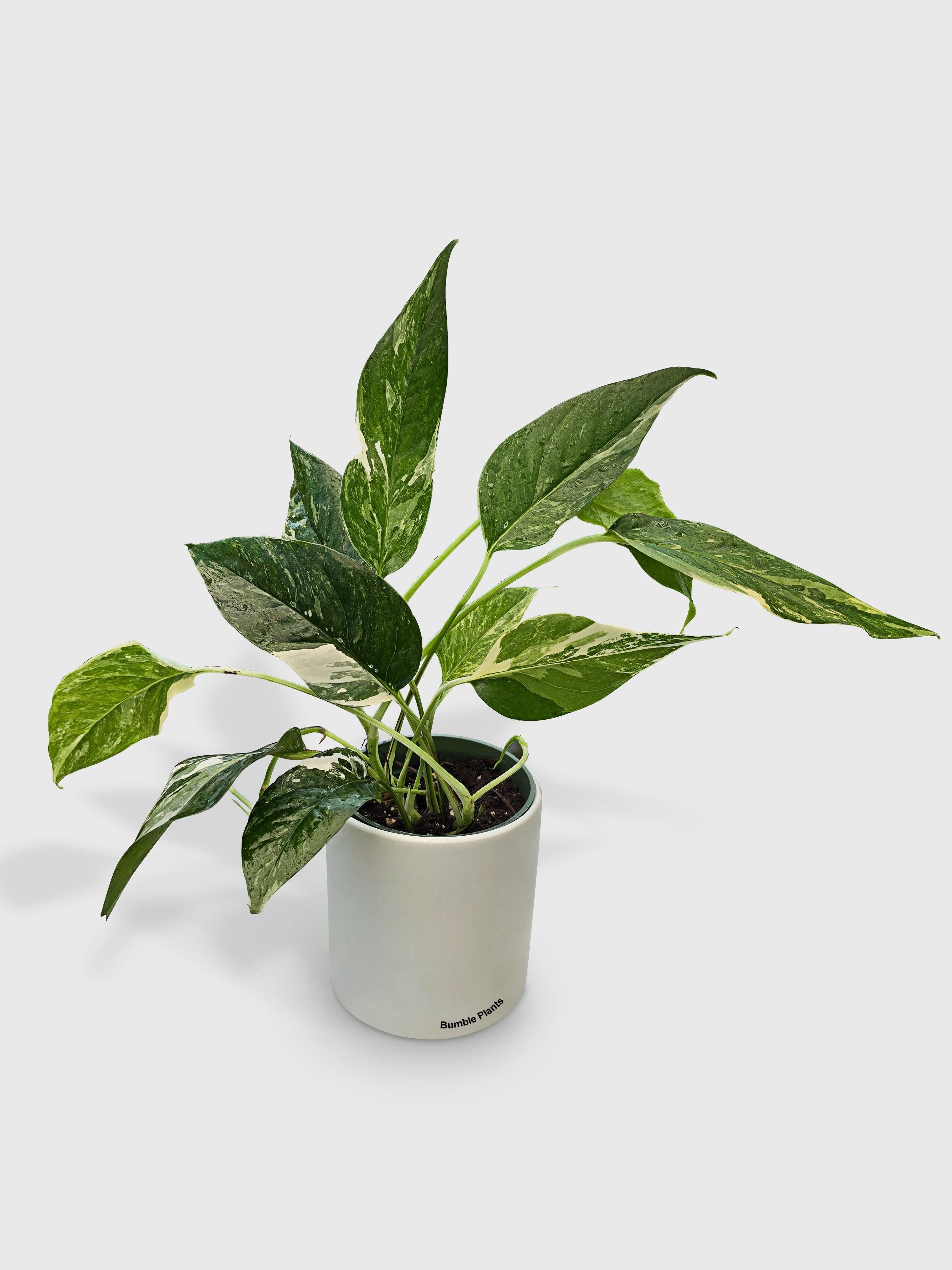The Ultimate Guide to Blooming Cactus: Tips for a Colorful Display
As a plant enthusiast, I have always been fascinated by the unique beauty of blooming cactus. These desert-dwelling plants have the ability to produce stunning flowers in a wide range of colors and shapes, making them a perfect addition to any garden or indoor space. In this ultimate guide, I will share with you everything you need to know about growing and caring for blooming cactus, so you can enjoy a vibrant and colorful display year-round.
Common Types of Blooming Cactus
There are many different types of blooming cactus, each with its own distinct characteristics and flowering habits. One of the most popular types is the Christmas cactus (Schlumbergera spp.), which blooms during the holiday season, adding a festive touch to any space. Another well-known variety is the Easter cactus (Hatiora gaertneri), which produces vibrant flowers in shades of pink and red during the spring months. Other common types of blooming cactus include the Thanksgiving cactus (Schlumbergera truncata) and the Orchid cactus (Epiphyllum spp.).
Factors to Consider When Growing Blooming Cactus
Before you start growing blooming cactus, it is important to consider a few key factors to ensure their success. First and foremost, blooming cactus thrive in well-drained soil, so make sure to choose a potting mix specifically formulated for cacti and succulents. Additionally, these plants prefer bright but indirect sunlight, so placing them near a window with filtered light is ideal. Temperature is also an important factor to consider, as most blooming cactus prefer a warm and dry environment. Finally, it is crucial to provide adequate airflow around the plants to prevent the development of fungal diseases.
Providing the Right Conditions for Blooming Cactus
To provide the right conditions for blooming cactus, it is essential to create an environment that closely mimics their natural habitat. As mentioned earlier, these plants require bright but indirect sunlight, so placing them near a window facing east or west is ideal. If you live in an area with harsh sunlight, consider using a sheer curtain or placing the cactus a few feet away from the window to prevent sunburn. In terms of temperature, blooming cactus prefer a range of 60-70°F (15-21°C) during the day and slightly cooler temperatures at night. Lastly, make sure to provide good air circulation by placing the cactus in a well-ventilated area or using a fan to gently circulate the air.
Watering and Feeding Blooming Cactus
Proper watering and feeding are crucial for the health and blooming of cactus plants. While these plants are adapted to survive in arid conditions, they still require regular watering. During the growing season, which typically occurs from spring to fall, water your blooming cactus deeply but infrequently. Allow the soil to dry out completely before watering again to prevent root rot. In winter, reduce watering and allow the plant to enter a dormancy period. When it comes to fertilizing, use a balanced, water-soluble fertilizer specifically formulated for cacti and succulents. Apply the fertilizer at half the recommended strength every two to four weeks during the growing season.
Pruning and Grooming Blooming Cactus
Pruning and grooming blooming cactus is essential to maintain their shape and encourage healthy growth. Start by removing any dead, damaged, or diseased stems or branches using clean and sharp pruning shears. You can also prune to shape the cactus or to control its size, but be cautious not to remove too much growth at once. To groom your blooming cactus, gently remove any dust or debris from the stems and leaves using a soft brush or damp cloth. This will not only keep the plant looking clean and tidy but also allow for better airflow and prevent the development of pests and diseases.
Dealing with Common Pests and Diseases of Blooming Cactus
Like any other plant, blooming cactus can be susceptible to pests and diseases. One of the most common pests that affect cactus plants is the mealybug. These tiny insects feed on the sap of the plant, causing stunted growth and yellowing of the leaves. To control mealybugs, you can use a cotton swab dipped in rubbing alcohol to remove them manually or apply an organic insecticidal soap. Another common pest is the spider mite, which can be controlled by regularly misting the plant with water or using a commercial insecticidal soap. In terms of diseases, root rot is a common issue caused by overwatering. To prevent root rot, make sure to allow the soil to dry out completely between waterings and use a well-draining potting mix.
Propagation Methods for Blooming Cactus
If you want to expand your collection of blooming cactus or share them with friends and family, propagation is a great option. One of the easiest and most common methods of propagation is by stem cuttings. To propagate your blooming cactus using stem cuttings, simply cut a healthy stem about 3-4 inches long and allow it to dry for a few days. Once the cut end has calloused over, plant the cutting in a well-draining potting mix and water sparingly until new roots form. Another method of propagation is by division, which involves separating offsets or pups from the main plant. Gently remove the offsets and plant them in their own pots, making sure to provide the same growing conditions as the parent plant.
Tips for a Colorful Display of Blooming Cactus
To ensure a colorful display of blooming cactus, there are a few tips and tricks you can follow. First and foremost, choose a variety of cactus species that bloom at different times of the year to enjoy a continuous display of flowers. Additionally, consider grouping cacti with similar blooming habits together to create a striking visual impact. When it comes to pot selection, opt for colorful and decorative pots that complement the vibrant flowers of the cactus. Lastly, don't forget to provide regular care and maintenance, including proper watering, feeding, and grooming, to keep your blooming cactus healthy and thriving.
Frequently Asked Questions About Blooming Cactus
Conclusion
Growing and caring for blooming cactus can be a rewarding and enjoyable experience. By providing the right conditions, proper watering and feeding, regular pruning and grooming, and taking preventive measures against pests and diseases, you can enjoy a vibrant and colorful display of flowers year-round. Remember to choose a variety of cactus species, group them strategically, and follow the tips and tricks mentioned in this guide for a stunning display of blooming cactus. Happy gardening!










































